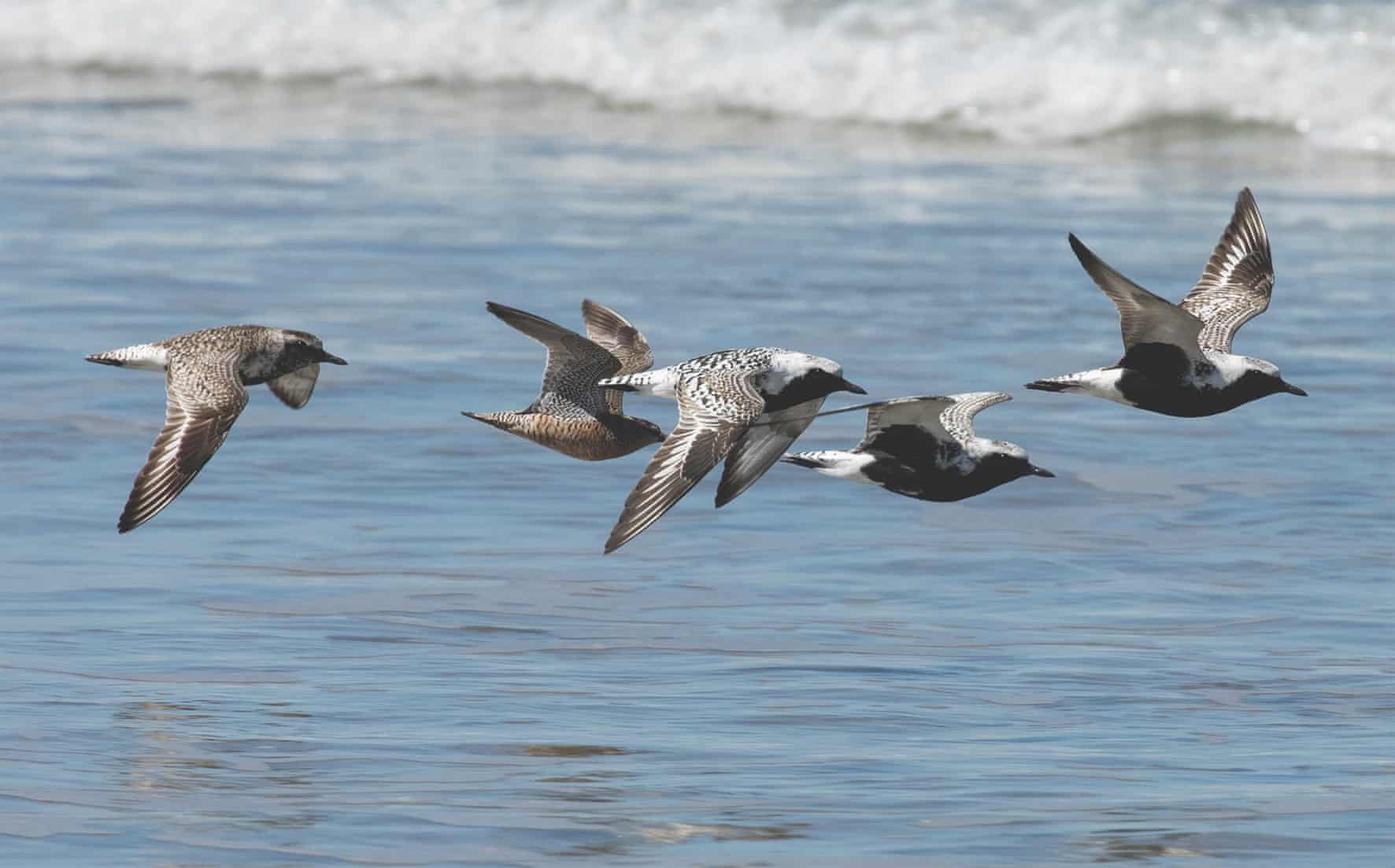Vote 1 Palm Cockatoo
They have shaggy crests and bright scarlet cheeks. They bow, sway, stamp their feet and spread their wings in a Jesus Christ pose, justifying their status. They whistle and whoop. Males even use their enormous beaks to fashion tree branches into drumsticks, which they use to beat on tree hollows approaching the breeding season.
They are Palm Cockatoos: the largest cockatoo in the world, weighing in up to 1.2kg – lovingly known as “rockatoos” for their punk mohawks, vocal dexterity and percussive talents. And Birds Queensland has officially nominated them as the mascot of the 2032 Brisbane Olympic Games, pointing out that previous Australian Olympic mascots have mostly been mammals.
They say it’s time to give a bird a go – but it’s not the only one in the running. The Queensland tourism minister, Stirling Hinchliffe, has already proposed the humble and familiar “bin chicken” (Australian White Ibis). But the ibis’s dumpster-diving habits and distinctive odour doesn’t make it an easy sell to international visitors.
So, why the Palm Cockatoo? Unlike ibis, the cockatoos are unique to Far North Queensland in Australia, living in the remote savannahs of Cape York. (They are more widespread in New Guinea and the Indonesian Aru Islands, so Birds Queensland is encouraging the government to involve our neighbours in celebrations, using the cockatoo as a tool of soft diplomacy.)… Read more..
Vote 1 Palm Cockatoo Read More »
